From The Vault: How to Stay Visible in the AI Search Era written by John Jantsch read more at Duct Tape Marketing
Listen to the full episode:
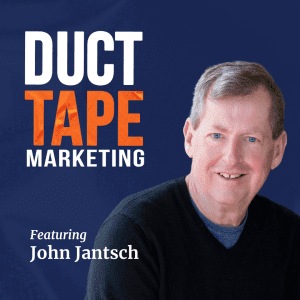 Episode Summary
Episode Summary
Back from the vault! In this rerun of the Duct Tape Marketing Podcast, I revisit a solo episode where I—John Jantsch—explore a topic that continues to reshape the foundation of online marketing: search visibility in an era dominated by AI search, zero-click results, and evolving Google behaviors.
Search engine optimization (SEO) has always been about rankings, but today that’s no longer enough. In this episode, I explain why the focus has shifted to search visibility—your brand’s presence across the entire digital ecosystem. From featured snippets and branded SERPs to Google Business profiles and authoritative content that aligns with E-E-A-T principles, visibility is about showing up where people actually find answers.
As AI overviews increasingly deliver information without clicks, your strategy must evolve beyond chasing keywords.
Key Takeaways
-
SEO is now about search visibility, not just rankings. Brands need to show up in multiple answer-delivery formats.
-
AI search and zero-click results mean most users get what they need without leaving Google, so multi-platform visibility is essential.
-
Google is now an answer engine. Structure your content to provide direct, trusted answers.
-
E-E-A-T (Experience, Expertise, Authoritativeness, Trustworthiness) signals matter more than ever.
-
Use structured content like FAQs, TL;DR summaries, and hub pages to boost your chances of surfacing in AI answers and snippets.
-
Local SEO still drives results. Treat your Google Business Profile as a publishing platform.
-
Refreshing older content improves freshness signals and knowledge graph visibility.
-
Prioritize quality, experience-driven stories, and unique insights over generic AI-generated content.
-
Don’t chase head terms. Focus instead on long-tail queries and intent-driven content formats.
Chapters:
- 00:09 Opening
- 00:58 Evolution of Search Engine Optimization
- 03:01 The Current State of Search
- 03:41 Focus on Search Visibility Instead of Rank
- 06:13 How to Demonstrate EEAT
- 09:04 Audit Your Content Gaps
- 10:07 Help Pages
- 11:46 FAQ Pages and Trust Elements
- 13:03 Refreshing Your Content
- 13:41 Utilize Your Google Business Page
- 14:35 Find Out How AI Is Sourcing Information
- 15:42 Common Mistakes
Sponsored By:
Morningmate is the all-in-one work management platform for client-facing teams.
Manage projects, chat, and files in one place—simple to use and scalable as you grow.
John Jantsch (00:01.506)
Hello and welcome to another episode of the duct tape marketing podcast. This is John Jantsch and I’m doing a solo show. I’m going to talk about search engine optimization or as I’ve started to call it search visibility because the game has changed. Now, the first question you might be asking yourself is why is John wearing a cowboy hat? Those of you that are on the video version, I’m wearing a Stetson open road. this is the straw version in the cognac.
color is my favorite summer hat. just decided it’s Friday when I’m recording this. just decided to put it on and wear it for the show. My grandfather and father had this style hat and a number of US presidents over the years chose this as their primary hat as well. So Stetson Open Road, there you have the story. All right. As I said, I’m going to talk about search engine optimization, what we’ve always long called, not always.
Believe it or not, a 20 year history with something called search engine optimization, which is really moving completely. There’s been lots of changes over the years, different algorithms, different things, different search engines come along. But this is a fundamental shift in how that tactic or approach really is going to be applied going forward. And what what it actually is even going to mean to business and website owners going forward as well.
So I thought I would start with, before I jump into like eat and generative AI and AI overviews and things, just do like a 30 second kind of timeline on search. Well, I started actually playing around with search in 1998. And really, again, was my first website and it was, do we rank?
and get on page one, you know, what are the things we need to do? I won’t go into all what all those things were, but most of them are not relevant today. At least, you know, that was in the early days of search engines. They were little infants and they were, you know, the game was to trick them into putting your stuff on page one. That lasted till about 2010. And then, you know, the search engines just got more and more complex and more and more, you know,
John Jantsch (02:21.142)
ability to understand what a page really was about rather than what we wanted them to think it was about. And so now you start having mobile be part of the deal. You’ve got the local search packs. You’ve got answer boxes starting to show up about, you know, from 2010 to 2016, roll up to about 2017. And now all of sudden voice search is a factor featured snippets become a factor.
near me becomes a factor also searched for. So a lot of things just keep getting injected. And of course, all the while the ad units and how they display all over the page, you know, are changing as well. Kind of really shifting what even ranking, you know, on page one even meant anymore. So I guess fast forward to today, 2024 or so it happened, you know, AI overviews.
Um, SGE from Google, 60 % of, of, of us Google searches ending with no click at all, according to search engine land, uh, the, uh, the infamous zero click searches, uh, instead of, you know, a list of 10 links on a page. Um, you know, we’re now to the point where maybe you get featured as a source in an AI answer and hope that that generates a click, but,
six to seven times out of 10 today. That search is just gonna end in somebody getting the answer or getting the information that they wanted.
What I’m talking about now is this idea of a complete mindset shift away from search and optimization, away from trying to rank for keywords and more about this idea of search visibility. It’s kind of your brand’s share of the answers, the mentions, the knowledge panel, real estate, local pack slots.
John Jantsch (04:19.086)
really clicks for everywhere that, um, that, that a prospect looks, I think that’s what we have to do today. So, you know, chasing one phrase or two phrases or something. mean, it’s really going to have very, very little value. Um, unless it’s just a very high intent phrase that, uh, if somebody searches that they’re not looking for an answer, they’re looking to purchase. Um, those are really going to be the, um, you know, the, the, the highly sought after, guess, um, types of searches.
So I think instead of, of thinking now in terms of like position ranking or impressions, it’s really going to be this, this whole collection. And this is going to be hard for people to measure, but this whole collection of like branded SERP coverage, is really going to be the, you know, the, example. I use a case, a local dentist publishes like does whitening hurt. they have an FAQ short vid, TikTok video, Google business posts, a patient story.
you know, now that now they have the chance to actually own the FAQ snippet for that, maybe the local, local rank, map pack for that, maybe a YouTube carousel. mean, so that’s how I think we have to start thinking about these is, know, there’s no more. There’s no more, you know, I want to show up on for this, you know, key search is it’s how do I put myself into this idea of answers? And in fact, you know, a lot of people are actually calling,
you know, not even calling them search engines anymore. They’re really answer engines. And the consumer behavior, you know, has changed so dramatically. Search behavior has changed so dramatically. You know, we were all very conditioned to type in six, eight words for what we were looking for and then hoping or maybe refining that search if we didn’t find what we were hoping for. But now we can actually, instead of typing in, you know, plumbing contractor in my town, you know, now it’s
plumbing contractor with 24 hour service, more than 4.7 star reviews within two miles from me, whatever. mean, you can type that long search in now and you’re going to get that very specific, in most cases, you’re gonna get that very specific result returned to you that you were able to kind of custom tailor to what you wanted rather than saying, okay, Google, give me what you think I want.
John Jantsch (06:49.39)
One of the things that, and I have to set this up a little bit, that we have to start thinking about when it comes to our content, you know, writing the 101, the how to blog content. And many people are finding that they’re losing all the search traffic that used to come for that because why would they send them to your page? They can answer that very easily because it was just basic information to begin with.
you’re wasting your time. If you continue down that path of just creating the 700 words on blah, blah, blah. very generic. And the bad thing is of course AI makes that really easy to do. You can, you can spin out 10 of those a day now, without really much sweat, it’s, it’s practically useless unless you are in just such a niche category that nobody else is trying to create content around it. It’s practically worthless. So Google has this new
No, fairly new couple of years, acronym called EAT. And there’s two E’s in there. So E-E-A-T. And forgive me if you know all about this, but I’ll explain it in very basic terms for those who may not understand it. But the idea behind it is that they want to see not just expertise. That’s one of the E’s, but they want to see experience. Have you actually done what you’re talking about?
They want to see authoritativeness. That’s the, the other a, or I mean, that’s the a. So they measure that by, know, are you getting links mentioned, you know, are you in local press? I mean, are you appearing in industry lists? So they’re measuring like, are you an authority on this thing that you’re talking about? So experience, expertise, authority, and then the last one is trustworthiness. are there signals, of trust, warranties, refund policies, secure checkout badges.
real contact info. mean, all those kinds of things go into the mix as well. So what we have to do, I think, is it’s no longer enough to write this article about how to do something. You have to actually have a case study in there. You have to have examples of maybe you doing it in actual real time or behind the scenes.
John Jantsch (09:02.603)
So that it’s very clear that that you’re not just talking about this. This is something that you do. This is something you’re an expert on. This is something somebody can trust for you to do for their business.
John Jantsch (09:16.844)
So in March, 2024, I’m reading a stat here. Knowledge graph update extended each signals by 38 % to really surface credible people and brands again, according to search engine land. that certainly signals that this is not going away. I mean, that this is going to be a significant piece as well. So how do you compete in an eat world, in an AI world?
In a world where really the need for producing content is still there. mean consumers still need the information So now it’s a matter of you know, how do we how do we stay visible so that we can get them the opportunity even to get them that information? first thing is There’s five step plan here, right? Okay. Number one audit your content gaps. So
Export all of your site URLs. List the top 25 customer questions and use Google Search Console. Again, what we’re trying to do is find how can we become an answer engine? So take a lot of your content. And again, this is a place where some of the AI tools are really good at this. You’ve written good, useful content. How could it be better? How could it answer more questions? How could you add FAQs?
to the end of all of your service pages. How could you add a table of contents to your long form content? How could you add a description box? Some people call it too long, didn’t read TLDR, you’ve probably seen that. How can you add that at the top of your content so that these…
They’re not really search engine spiders, but so that the AI tools that are going out there and trying to surface good sources for content can have a very quick view of what it’s about. It gets very user friendly. It’s very structured in a way that shows kind of the hierarchical structure.
John Jantsch (11:24.718)
I have for years been talking about this thing called hub pages. Um, and the idea behind that is that if you write about, I use an example, if you’re a kitchen remodeler and you’ve got a whole bunch of blog posts about various aspects of remodeling a kitchen. Um, what if you turn that instead of just having them randomly placed on a blog, uh, out there in the ether, what if you turn that into a kitchen, uh, the ultimate guide to remodeling a kitchen and you took all of your content that you’ve written over the years.
And you placed it on that page. don’t mean physically all of it on that page, but at least structure it in such a way that somebody can jump around to how to pick countertops, how to pick cabinets, how to pick finishes, um, how to pick lighting. And then those all, uh, you know, kind of becomes a playlist for anybody who’s thinking about, uh, designing, um, or remodeling a kitchen. So we’ve been talking about that for, I would say at least eight or 10 years.
and the good news is it was a very effective SEO tactic. mean, it, as soon as we would build those for people, it would immediately change, how, how Google viewed their website, but it’s also very user friendly. Somebody comes to that hub page and they want, they are interested in information. It’s like, here’s the whole guide, you know, on what I’m trying to do rather than I just found one, you know, I went out and randomly searched and found one, one blog post on something. So the, the, you know, the,
Again, doubly good news is that those pages really are highly rewarded in an AI world as well. So think about your top three or four services, your top three or four products, your top three or four things that your company does. And think about ways that you could create a very useful guide or a hub page around those and collect it. It’s really, in some ways, it’s the same content. You’ve just structured it dramatically different. Boy.
FAQs, and again, in an answer engine world, having answers to the questions that people ask is a clearly makes a lot of sense. It’s also been a very useful piece of content anyway, but now really being rewarded in this answer engine world. So every single one of your service pages, every single one of your product pages, even your About Us page now, I think should actually, whether it’s structured as a Q &A, or just has an FAQ section,
John Jantsch (13:42.826)
at the bottom of it and you know, pay some attention to the questions you’re being asked. Again, the AI tools are pretty good at that surfacing, you know, common questions around things, but you might think in terms of even some of the questions that you’re not being asked necessarily, but you should be people should be paying attention to so you can use that as an opportunity to educate around like why you and what you know, what you do that’s different than competitors, for example, that they might not actually be asking about.
You know, monthly case studies, you know, measurable results, quotes from customers, those kind of trust elements, even, you know, badges that, that symbolize that you’re in professional organizations and things that you’ve achieved certain certifications. mean, those, you know, the more we can double down on, on just proving that we do what we say, really quite frankly, the better. and then the last piece of the puzzle is.
John Jantsch (14:43.128)
How can you keep this fresh? So, what I’m telling people, and I need to do this myself as well, is we’ve got reams and reams of content that we wrote years ago. it needs to be freshened up. In fact, about every quarter, you ought to make a goal of saying, Hey, I’ve got these five blog posts that, know, are decent blog posts. How could I freshen them up, add more links, add more experience, add more proof.
in these, maybe I can structure them, you know, with a table of contents in that TLDR, maybe I could add FAQs to them. You will be highly rewarded for for refreshing that content. And I would last thing I would say is. Start thinking, and this is particularly true for local businesses, not as much for somebody who’s really more of a national scale, but that Google business page, think of it as another
publishing platform. Now you don’t own that platform, of course, but you have a lot of leeway and how optimized it is all the photos, the videos that you can add there, all the service descriptions you can add there. And you can post there. I would be taking again, in some cases daily if you’ve got a lot of content, but certainly weekly, create a Google or post in your Google Business page that can come from
can be just a shortened version of something that you’ve written, and published, you know, years ago, but you’re giving it a new place, a new home. And again, it’s just going to add all up to the soup of, know, how you get noted or, or quoted as a valuable source. The other thing I would tell you to do is to do a bunch of searches, in some of the AI tools that there were searches you’d love to show up in, you’d love to win. Now, hopefully you show up in front of those. So.
I use my kitchen contractor, remodeling contractor. So best kitchen remodeling contractor in X city would be a link that or something that they’d want to really show up for. Right. And take note of who shows up. That’s important. But also one of the things the AI tools do is they tell you the sources that they went to, to, to make that determination. And in some cases, these are directories in some cases, you know,
John Jantsch (17:03.63)
common in the remodeling industry is one called house, that, they actually got a lot of that information from. So if you’re not participating in any of those sources or you don’t even have a listing in a directory as obscure as it may sound, there’s your checklist of some things that you probably need to add to, what you do to get in those directories or to start participating in, you know, a Quora or a Reddit or a house, dependent upon,
you know, the industry that you’re in. So, all right, a couple of common mistakes. Stop obsessing over a handful of head keywords. It just doesn’t matter anymore. Don’t write for algorithms. I think this has always been true. Think in terms of the human question behind any query that somebody is asking. We use a tool called Answer the Public. I highly recommend that you go there and…
If you’re, if you’re at a loss for what questions people are asking in your industry, that can be a great resource for that. Frankly, the AI tools are pretty good at it. They can surface what questions people are asking in, certain industries. You can’t set and forget your website. You know, if I go and I look and there’s your last blog post was 2022. We probably got some work to do. This is something that.
You just need to make it a weekly, monthly, quarterly plan that you’re going to do X, Y, and Z and just commit to doing it. don’t obsess over all the tools. mean, don’t go down the rabbit hole. mean, Structured schema is important. there are plugins that, that can actually do that. So that when you write FAQs, the, underlying code, tells Google or tells the.
Whoever’s visiting your website, this is an FAQ section. So, you know, spend some time on that part. Don’t over obsess about, you know, over engineering tools on this. So here’s what I would say. If you’ve got some ideas today, pick one. If you don’t have any FAQs, that’s where I would start. If you don’t have any case studies, I would certainly think in terms of that.
John Jantsch (19:23.666)
if you haven’t visited your Google business profile, I would highly recommend that you think in terms of your strategy there. pick, pick one of the things that, that, I mentioned here today and just start working away at it. mean, don’t, don’t listen to all the gloom and doom and look at your Google analytics and say, my traffic search your traffic’s down because
there’s a good chance that a lot of that search traffic wasn’t that meaningful. Anyway, it was somebody looking for that how to article. They were not actually looking for your product or service. So search visibility being seen where people go to get their information, being seen as an answer engine, as opposed to an information engine is how we have to change the mindset. So if you got value, hopefully you will subscribe either to the YouTube channel or to the podcast itself.
Love those reviews on Apple or Spotify or wherever you listen, share the interview, share this episode with, one business owner who needs a little marketing clarity, who would like a little, simple, effective and affordable, good old duct tape marketing practical advice. All right. That’s it for today. Thanks for tuning in. Hopefully I’ll run into you one of these days soon out there on the road.
Sign up to receive email updates
Enter your name and email address below and I’ll send you periodic updates about the podcast.
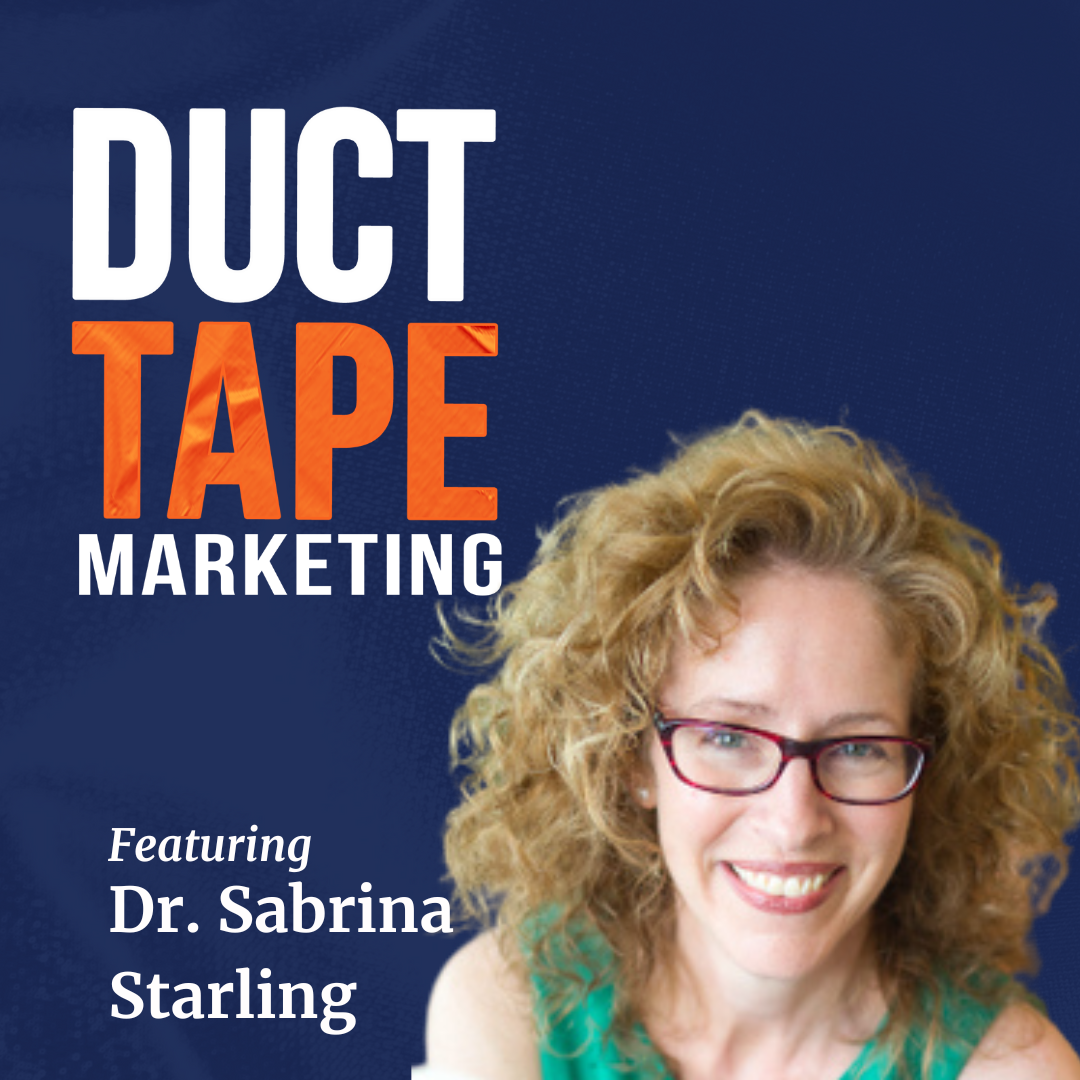 Overview
Overview model. Sabrina shares her hard-won lessons on succession planning, letting go, and building a company that can truly run without you. After a personal tragedy forced her to step away for six weeks, she discovered the systems, mindsets, and leadership development needed to create a business that’s sustainable, profitable, and supports the lives of owners and teams alike. If you want your business to thrive—whether you’re present or not—this episode is packed with practical, people-focused advice.
model. Sabrina shares her hard-won lessons on succession planning, letting go, and building a company that can truly run without you. After a personal tragedy forced her to step away for six weeks, she discovered the systems, mindsets, and leadership development needed to create a business that’s sustainable, profitable, and supports the lives of owners and teams alike. If you want your business to thrive—whether you’re present or not—this episode is packed with practical, people-focused advice. Overview
Overview Overview
Overview

 Overview
Overview Overview
Overview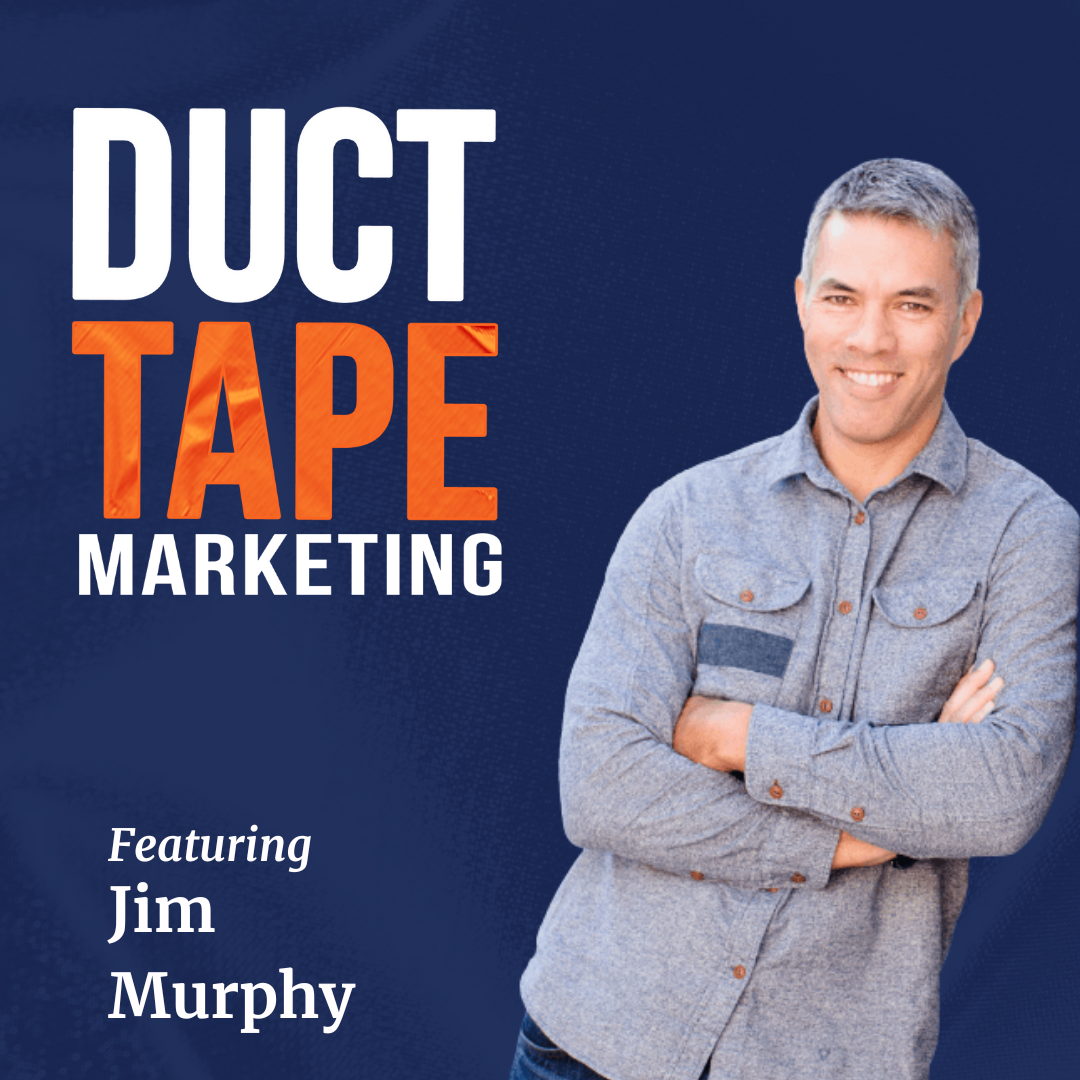 Overview
Overview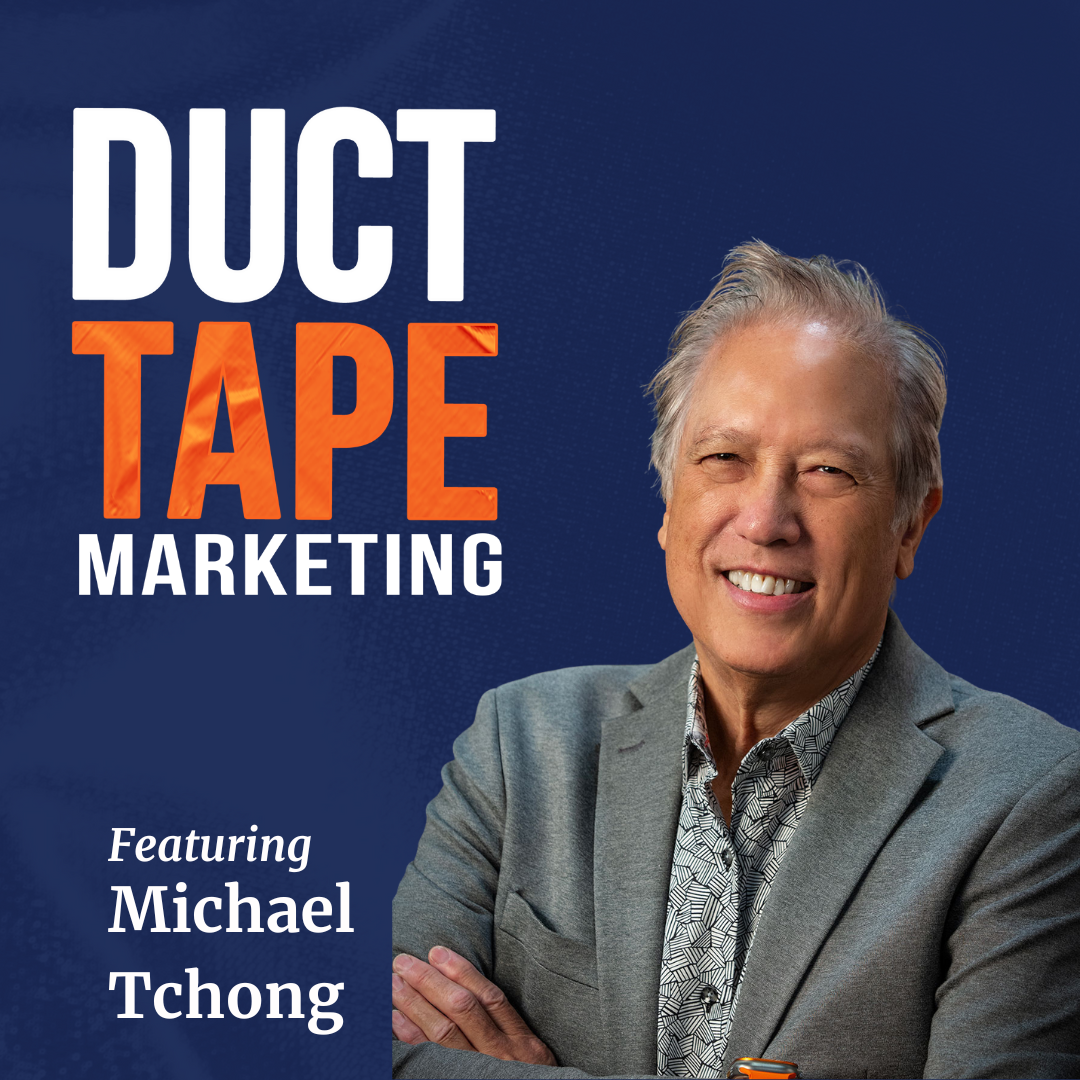 Overview
Overview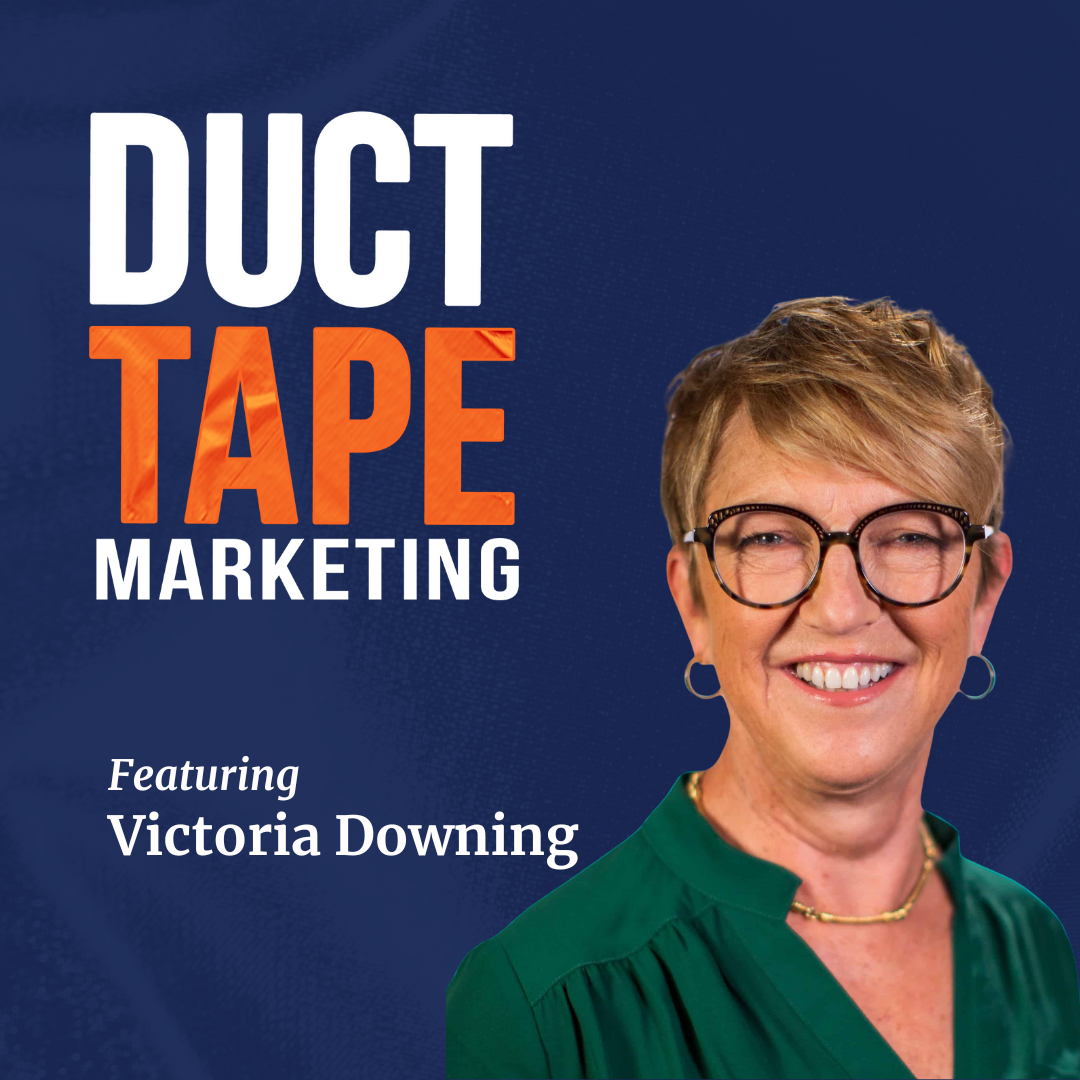
 About the Guest
About the Guest